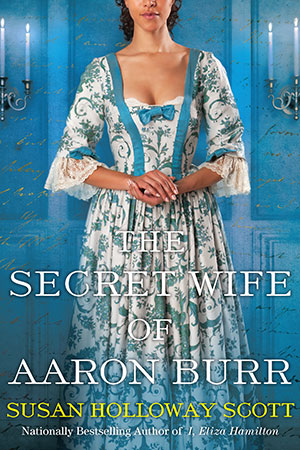Isabella reporting,
Traveling was not easy in Georgian England. We modern folk tend to think of carriages as romantically portrayed by Hollywood, traveling merrily over modern roads, but the reality was much more hazardous. Even the wealthy and titled (who were the only ones who could afford to own and maintain a carriage and the horses to draw it) expected a certain amount of peril on every journey.
This excerpt is from a letter written by Hester, Countess of Chatham, to her husband, William Pitt the Elder, first Earl of Chatham, describing her journey from London to their estate at Burton Pynsent in Somerset, a distance of about 135 miles. Today the trip can be made in about 2-1/2 hours; in the 1770s, it took considerably longer.
What strikes me about Lady Chatham's account is how matter-of-fact she is regarding rutted roads, broken traces, falling horses, bad meals, and even "a view of Stonehenge." And yet this passage still only describes half their journey!
There's also a noteworthy mention of "William Footman", who behaves heroically in the face of near-disaster. The practice of addressing servants by their position - William Footman, John Coachman - has been much discussed in novel-writing circles, and even dismissed as a modern exaggeration. But since I'm willing to bet that Lady Chatham's footman was not baptized William Footman, here's primary-source proof of the practice.
"The road from King's Weston to Aynsford Inn, greatest part narrow causeway, like the Ilminster Way, requires careful driving; we performed it very well. The chaise horses broke two rotten traces, not from any fault of theirs, but it is all for the better, they cannot serve again. Wheel of said Chaise broke as it got to Aynsford Inn. Road very well from hence till within two miles of Hindon. Then very heavy, not being made, but safe. At Hindon find our horses. The landlord does us the honour to ride as postillion at wheel himself, because nobody could ride the horse he did, but himself. Went very safe, the road for the next couple of miles very bad indeed, broke only one trace this post. After the two mile on to Deptford, good enough. House [inn] at Deptford very bad....From hence to Amesbury, road very good, but fortune did not favour Bradshaw and the damsels [the servants following in another coach]. About 3 miles from Deptford the wheel horse fell down, the postillion under him, but the admirable care and dexterity of William Footman whose cleverness in travelling I cannot enough praise, extricated him from this perilous situation without his receiving much hurt. We set forward again. Within a quarter of a mile short, in two breaks the perch [the pole connecting the fore and hind running parts of a carriage] of their chaise. We took our party immediately, brought our two maids into our coach, with trunk, band boxes, etc., put on one pair of the unfortunate chaise horses to our four in consideration of the additional weight, sent William forward to fetch a fresh chaise from Amesbury to meet Bradshaw, who was to march on foot till they came to him with his grippine*. We continued our way with our three postillions most happily to Amesbury, taking a view of Stonehenge in our way. We went directly then to Andover with excellent horses and got in about seven."
*I have no idea what 'grippine' might be, especially in this context. Does anyone else know?
This quotation appeared in William Pitt, Earl of Chatham by Brian Tunstall (London, 1938), and comes to us via historian and writer Jacqui Reiter. Her blog is one of my favorite "rabbit holes" for history-reading on the internet; devoted to her research regarding the Pitt family, it's filled with all manner of fascinating insights into the politics and lives of these important Georgians. Well worth checking out!
Above: The Marquess of Bath's Coach, by John Cordrey, Private Collection, ©The British Sporting Art Trust.
Laws Concerning Women in 1th-Century Georgia
10 months ago





 One of us --
One of us -- 


